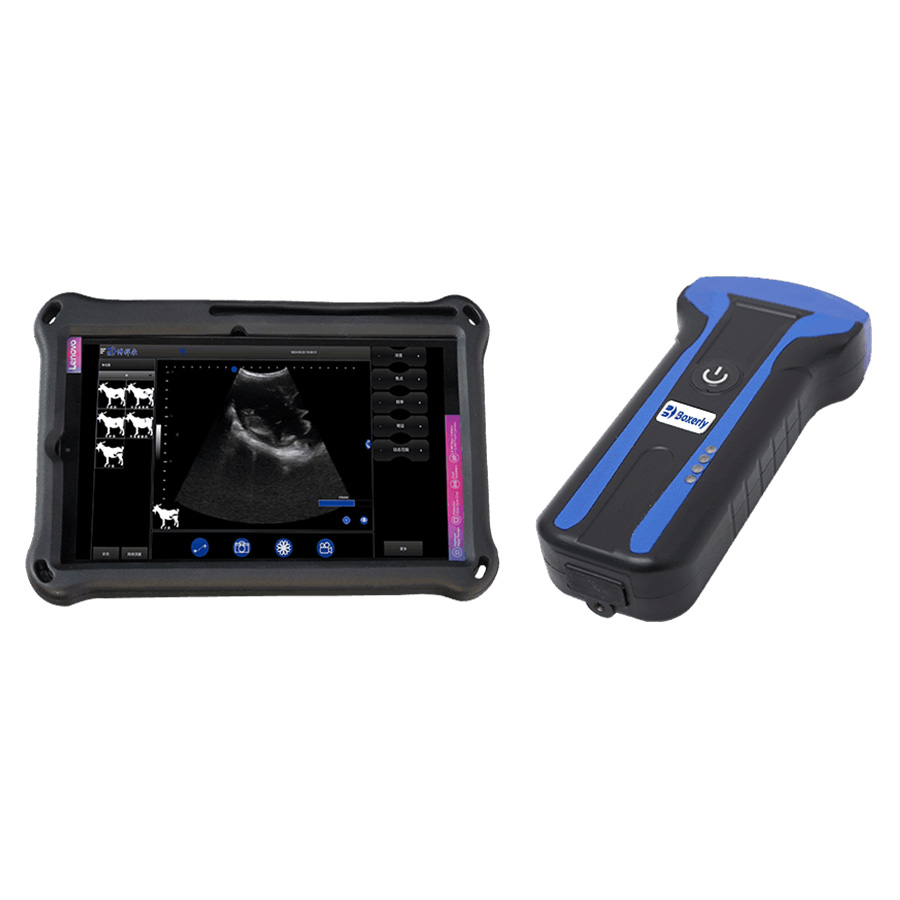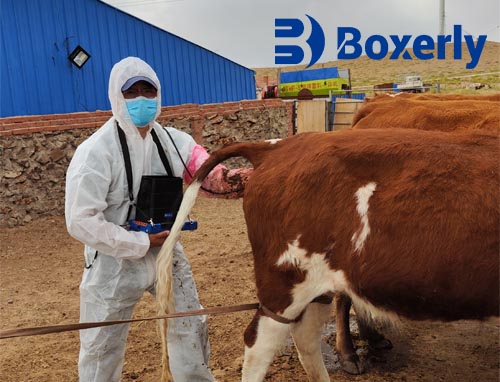Continuing Professional Development (CPD) is essential for veterinary professionals seeking to enhance their skills and stay updated with the latest advancements in the field. One critical area of focus for CPD is Veterinary ultrasound, a powerful diagnostic tool used to visualize internal structures in animals. Vet ultrasound CPD courses provide veterinarians and veterinary nurses with the knowledge and hands-on experience needed to perform accurate ultrasound examinations, improving diagnostic accuracy and patient care.
In this article, we will explore the importance of vet ultrasound CPD, the types of courses available, and how it can benefit your veterinary practice.

1. What is Vet Ultrasound CPD?
Vet ultrasound CPD refers to specialized training programs that allow veterinary professionals to expand their knowledge and expertise in the use of ultrasound technology for animal diagnostics. These courses are designed to build upon foundational knowledge, offering advanced techniques, case studies, and practical applications that are directly relevant to daily veterinary practice.
Why CPD Matters:
- Stay Updated with Advances: CPD ensures veterinarians stay current with the latest ultrasound technologies, protocols, and diagnostic methods.
- Enhance Skills: Through structured training, participants can refine their skills in scanning different species and body areas, from abdominal organs to musculoskeletal structures.
- Professional Growth: Acquiring CPD in ultrasound not only improves clinical outcomes but also contributes to career advancement and professional development.
2. What Does a Vet Ultrasound CPD Course Cover?
A well-rounded vet ultrasound CPD program typically covers both theoretical knowledge and hands-on training to ensure participants gain comprehensive expertise. Here are the key topics often included in these courses:
a. Basic Ultrasound Principles
- Physics of Ultrasound: Understanding how sound waves interact with different tissues and how images are formed.
- Machine Settings: Learning how to adjust parameters like frequency, depth, and gain for optimal image quality.
- Image Interpretation: Identifying normal vs. abnormal anatomy and recognizing artifacts that may affect interpretation.
b. Species-Specific Ultrasound Techniques
- Small Animal Ultrasound: Focus on common applications in cats and dogs, such as abdominal, thoracic, and cardiac ultrasound.
- Large Animal Ultrasound: Emphasis on equine and livestock ultrasound for conditions like pregnancy detection, tendon injuries, and gastrointestinal evaluations.
- Exotic Animals: Some courses may also cover ultrasound for reptiles, birds, and other exotic species, which require unique scanning techniques.
c. Anatomy and Pathology Recognition
- Abdominal Ultrasound: Training in scanning the liver, kidneys, spleen, and gastrointestinal tract.
- Cardiac Ultrasound (Echocardiography): Understanding heart anatomy and diagnosing heart diseases using ultrasound.
- Musculoskeletal Ultrasound: Applications for diagnosing soft tissue injuries, particularly in large animals like horses.
d. Practical Sessions
Many CPD courses offer live scanning sessions where participants practice on animals under the supervision of experts. These practical sessions allow vets and nurses to develop confidence and proficiency in ultrasound scanning, applying the theoretical knowledge in real-life scenarios.
3. Types of Vet Ultrasound CPD Courses
There are several types of CPD programs available to suit different levels of experience and specific areas of interest. These include:
a. Introductory Courses
For veterinary professionals with little or no experience in ultrasound, introductory courses cover the basics, including machine operation, image optimization, and an overview of common applications. These courses are ideal for those just starting out or looking to integrate ultrasound into their practice.
- Course Length: Typically 1-2 days
- Best For: Beginners and general practitioners
b. Intermediate and Advanced Courses
For vets who already have some experience with ultrasound, intermediate and advanced courses delve deeper into specific areas, such as echocardiography, advanced abdominal ultrasound, and Doppler ultrasound techniques. These courses provide more detailed instruction and hands-on practice for complex cases.
- Course Length: Typically 2-5 days
- Best For: Experienced practitioners seeking to specialize in ultrasound or refine their skills.
c. Online CPD Courses
For busy professionals, online CPD courses offer flexibility and convenience. These courses typically focus on the theoretical aspects of veterinary ultrasound, including case studies, image interpretation, and pathology recognition. While they lack the hands-on element of in-person courses, they can serve as valuable supplemental training.
- Course Length: Varies (self-paced)
- Best For: Vets looking for flexible learning options or a refresher on key concepts.
d. Specialized CPD Programs
Some CPD programs are tailored to specific areas of veterinary practice, such as Equine Ultrasound, small animal cardiology, or exotic animal imaging. These specialized courses offer focused training on niche applications of ultrasound, allowing vets to develop expertise in a particular field.
- Best For: Veterinarians working in specialized fields or with specific types of patients.
4. Benefits of Vet Ultrasound CPD for Your Practice
Investing in vet ultrasound CPD offers significant benefits to both individual veterinarians and veterinary practices as a whole. Here’s why:
a. Improved Diagnostic Accuracy
With hands-on experience and a deeper understanding of ultrasound technology, veterinarians can make more accurate diagnoses. This leads to better treatment outcomes, reduced diagnostic errors, and more precise treatment planning.
b. Increased Service Offerings
By expanding your skills in ultrasound, your practice can offer a wider range of diagnostic services. Whether it's early pregnancy detection, soft tissue injury evaluation, or heart health assessments, being able to perform these diagnostics in-house can improve patient care and increase revenue.
c. Enhanced Client Trust and Satisfaction
Clients are more likely to trust a veterinary practice that can provide quick, accurate diagnoses using advanced tools like ultrasound. Being able to offer ultrasound services in-house reduces the need for referrals and allows for faster treatment, which can increase client satisfaction.
d. Career Advancement
For individual vets and vet nurses, completing CPD in ultrasound can open up new career opportunities. Whether you're looking to specialize in diagnostic imaging or simply broaden your skillset, ultrasound expertise is a valuable asset in any veterinary role.
e. Cost Savings
By conducting ultrasound scans in-house, veterinary practices can reduce the need to outsource diagnostics to external specialists, leading to long-term cost savings.
5. Choosing the Right Vet Ultrasound CPD Course
When selecting a vet ultrasound CPD course, consider the following factors to ensure you get the most value for your investment:
- Accreditation: Ensure the course is recognized by relevant veterinary associations or regulatory bodies.
- Instructors: Look for courses taught by experienced veterinary professionals or radiologists with a strong background in ultrasound.
- Hands-on Practice: Courses that offer live scanning sessions provide invaluable practical experience.
- Level of Difficulty: Choose a course that matches your current experience level—whether you're a beginner or looking to advance your skills.
Conclusion
Vet ultrasound CPD is an essential investment for veterinary professionals who want to stay at the forefront of diagnostic technology. By improving your ultrasound skills, you not only enhance your ability to provide accurate diagnoses but also increase the range of services your practice can offer. With options ranging from introductory to specialized courses, there are vet ultrasound CPD programs available to suit every level of experience and area of interest.







